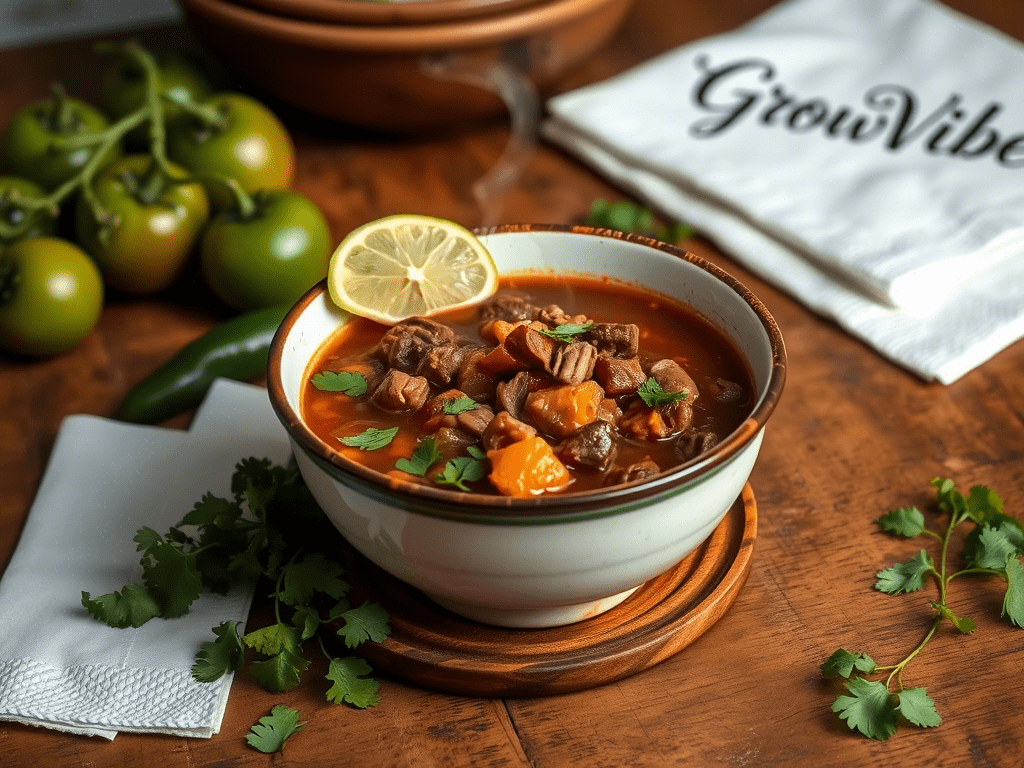7 Irresistible Secrets to Perfect Carne en Su Jugo (You’ll Regret Missing #3!)
Picture this: you’re walking through the bustling streets of Guadalajara on a cool evening, and the most incredible aroma hits you – rich, savory, and deeply comforting. That’s your first encounter with carne en su jugo, literally “meat in its juice,” and trust me, it’s a game-changer that’ll have you questioning everything you thought you knew about Mexican comfort food.
This isn’t just another beef stew recipe – it’s a culinary masterpiece that transforms simple ingredients into liquid gold. The carne en su jugo recipe I’m sharing today comes straight from the heart of Jalisco, where this dish reigns supreme as the ultimate comfort food. Whether you’re a seasoned home cook or just starting your Mexican cooking journey, this comprehensive guide will have you creating restaurant-quality carnes en su jugo in your own kitchen.
By the end of this article, you’ll understand why this Guadalajara specialty has captured hearts (and stomachs) across Mexico and beyond. Ready to dive into the world of authentic Mexican cooking? Let’s get started!
Table of Contents
The Legend Behind Carne en Su Jugo: From Street Food to Staple
Every great dish has a story, and carne en su jugo guadalajara has one of the most fascinating origins in Mexican cuisine. Born in the vibrant streets of Guadalajara during the mid-20th century, this dish emerged from the ingenious creativity of local cooks who refused to waste a single drop of flavor.
The story goes that street vendors in Guadalajara’s bustling markets discovered that the juices from slowly cooked beef, when combined with perfectly seasoned beans and fresh tomatillo salsa, created something magical. What started as a practical solution to feed hungry workers quickly became a beloved staple that transcended social classes.
Unlike many Mexican dishes that have ancient roots, carne en su jugo is relatively modern, making it a perfect example of how Mexican cuisine continues to evolve and adapt. The dish gained popularity throughout the 1960s and 70s, spreading from small taquerías to upscale restaurants, each adding their own twist while respecting the fundamental elements that make it special.
Today, you’ll find variations of this recipe throughout Mexico, but purists insist that the authentic carne en su jugo guadalajara version remains unmatched. The secret lies not just in the ingredients, but in the patience and technique that transforms ordinary beef into something extraordinary.
What makes this dish particularly special is how it represents the essence of Mexican comfort food – hearty, flavorful, and designed to bring people together around the table. It’s the kind of meal that turns a regular dinner into a celebration, where every spoonful tells the story of generations of cooks who perfected this incredible recipe.
Understanding the Basics: What Exactly IS Carne en Su Jugo?
Before we dive into the cooking process, let’s clarify what makes carne en su jugo unique among Mexican beef dishes. The name literally translates to “meat in its juice,” which perfectly describes the dish’s most defining characteristic – beef that’s been slow-cooked until it’s incredibly tender, swimming in its own flavorful broth.
The foundation of authentic carnes en su jugo consists of three essential components: perfectly seasoned beef, creamy beans, and a vibrant tomatillo salsa verde. But here’s where it gets interesting – it’s not just about combining these elements; it’s about how they interact and complement each other to create something greater than the sum of its parts.
The “jugo” or juice is what sets this dish apart from other Mexican beef preparations. This isn’t just cooking liquid – it’s a concentrated essence of beef, aromatics, and spices that develops through careful temperature control and timing. The meat should be tender enough to cut with a fork, while the broth should be rich and flavorful without being heavy or greasy.
Traditional carne en su jugo is served in deep bowls, almost like a cross between a stew and a soup, but with more substance than your typical broth-based dish. The consistency should be substantial enough to satisfy hunger while remaining light enough to enjoy without feeling weighed down.
One crucial distinction: while many people compare it to other Mexican beef dishes like birria or barbacoa, carne en su jugo has its own unique cooking method and flavor profile. The meat is typically cut into smaller pieces and cooked in a way that preserves the natural juices, creating that signature “liquid gold” broth that gives the dish its name.
Essential Ingredients: Building Blocks of Flavor
Creating authentic carne en su jugo starts with selecting the right ingredients. Quality matters enormously here, as each component plays a crucial role in developing the complex flavors that make this dish special.

The Meat Foundation: For the best results, choose beef chuck roast or beef short ribs – cuts with enough marbling to stay tender during long cooking while contributing to that rich, flavorful broth. You’ll need about 3-4 pounds for a family-sized batch. The meat should be cut into 2-inch pieces, large enough to maintain texture but small enough to cook evenly.
Bacon or pork shoulder adds another layer of flavor that’s essential to authentic carne en su jugo guadalajara. About half a pound of thick-cut bacon, diced into small pieces, provides the fat and smokiness that elevates the entire dish. Some cooks prefer using pork shoulder for a meatier texture, but bacon remains the traditional choice.
The Bean Component: Pinto beans are traditional, though some regions use black beans or a combination. You’ll need about 2 cups of dried beans, soaked overnight, or you can use high-quality canned beans if you’re short on time. The beans should be creamy and well-seasoned, as they’ll absorb the flavors of the meat and broth.
The Tomatillo Salsa Verde: Fresh tomatillos are non-negotiable for authentic flavor. You’ll need about 2 pounds of tomatillos, husked and cleaned, along with 4-6 serrano chiles (adjust for heat preference), a large white onion, and plenty of fresh garlic. This salsa verde isn’t just a garnish – it’s integral to the dish’s flavor profile.
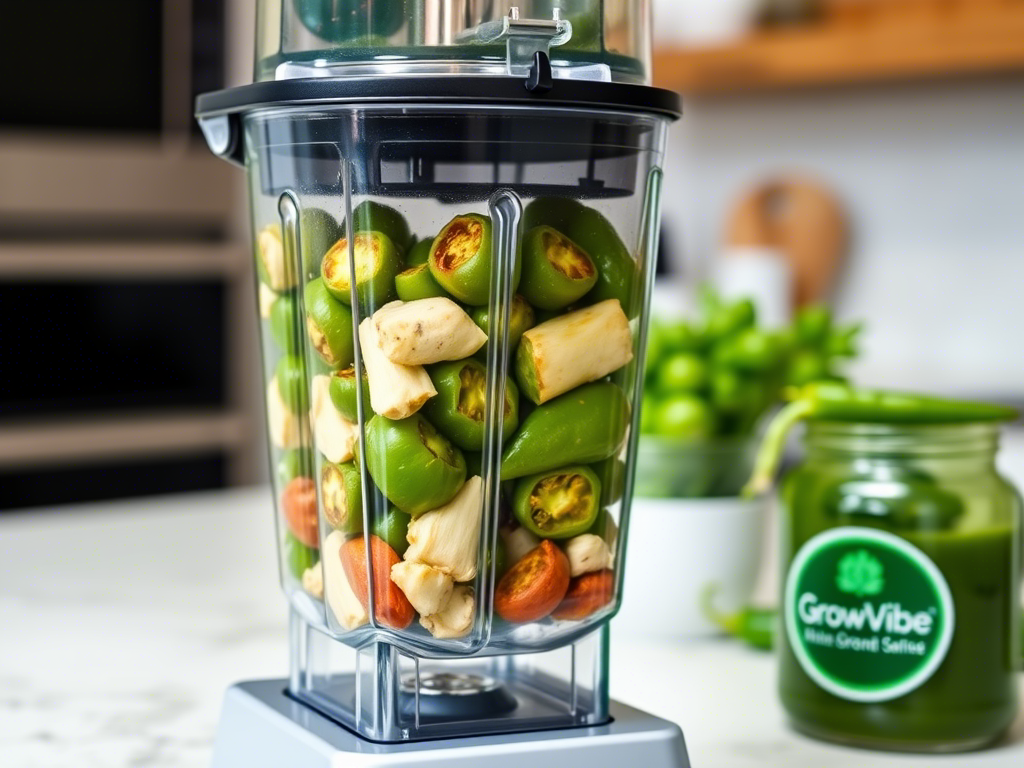
Aromatics and Seasonings: White onions (about 3 large ones), fresh garlic (a whole head isn’t too much), bay leaves, Mexican oregano, cumin, and sea salt form the aromatic foundation. Fresh cilantro for garnish and lime wedges for serving are essential finishing touches.
Quality Sourcing Tips: Visit a Mexican grocery store if possible – they’ll have the freshest tomatillos, authentic Mexican oregano, and often better prices on meat cuts. If you’re using canned beans, look for brands that don’t add unnecessary preservatives or excessive sodium.
Equipment and Tools: Setting Up for Success
Having the right equipment makes the difference between good carne en su jugo and exceptional results. While you don’t need professional-grade tools, certain pieces of equipment will significantly improve your cooking experience and final results.
Essential Cookware: A heavy-bottomed Dutch oven or large, thick-walled pot is crucial for even heat distribution during the long cooking process. The pot should be large enough to hold all ingredients comfortably without overcrowding – at least 6-8 quarts for a full batch.
Prep Tools: A sharp chef’s knife is essential for clean cuts that cook evenly. A large cutting board gives you ample space for ingredient preparation. A high-powered blender is necessary for creating the smooth tomatillo salsa verde that’s integral to the dish.
Helpful Gadgets: A meat thermometer ensures perfect doneness, while a large slotted spoon helps with stirring and serving. Having multiple bowls for ingredient organization (mise en place) keeps the cooking process smooth and organized.
The beauty of carne en su jugo lies in its simplicity – you don’t need specialized equipment, just quality basics that every well-equipped kitchen should have. Proper preparation and organization are more important than having the latest gadgets.
The Complete Carne en Su Jugo Recipe: Step-by-Step Mastery
Now comes the moment you’ve been waiting for – the complete receta de carne en su jugo that will transform your kitchen into a Guadalajara taquería. This recipe serves 6-8 people and takes about 3 hours from start to finish, but most of that time is hands-off slow cooking.
Ingredients List:
- 3 lbs beef chuck roast, cut into 2-inch pieces
- 1/2 lb thick-cut bacon, diced
- 2 cups dried pinto beans (soaked overnight) or 4 cans cooked beans
- 2 lbs fresh tomatillos, husked
- 4-6 serrano chiles (adjust to taste)
- 3 large white onions, sliced
- 1 head garlic, cloves separated and peeled
- 3 bay leaves
- 2 tsp Mexican oregano
- 1 tsp ground cumin
- Salt and black pepper to taste
- Fresh cilantro for garnish
- Lime wedges for serving
- Warm corn tortillas
Prep Phase (30 minutes): Begin by organizing all ingredients – this makes the cooking process much smoother. If using dried beans, they should have been soaking overnight. Drain and rinse them thoroughly. Cut the beef into uniform pieces, removing excess fat but leaving some marbling for flavor. Dice the bacon into small, uniform pieces.
Prepare your tomatillo salsa verde by roasting the tomatillos and chiles under the broiler until charred and soft, about 8-10 minutes. Let them cool, then blend with half the garlic cloves and a teaspoon of salt until smooth. Set aside.
Cooking Phase (2.5 hours): Heat your Dutch oven over medium-high heat and cook the diced bacon until crispy and fat is rendered, about 8-10 minutes. Remove bacon with a slotted spoon but leave the fat in the pot.
Season the beef pieces generously with salt and pepper. Brown them in batches in the bacon fat, developing a deep golden crust on all sides. This step is crucial for flavor development – don’t overcrowd the pot, and don’t rush this process.
Once all meat is browned, return it to the pot along with the crispy bacon. Add the sliced onions and remaining garlic, cooking until the onions are translucent and fragrant, about 5-7 minutes.
Add the bay leaves, oregano, and cumin, stirring to coat everything evenly. Pour in enough water to just cover the meat, bring to a boil, then reduce heat to low and simmer covered for 1.5 hours.
Add the beans (if using canned, drain and rinse first) and continue cooking for another 30-45 minutes until the meat is fork-tender and the beans are creamy. The liquid should have reduced to a rich, flavorful broth.
Final Assembly: Stir in half of the tomatillo salsa verde, taste and adjust seasoning. The dish should be well-balanced – savory, slightly tangy from the tomatillos, and rich from the slow-cooked meat.
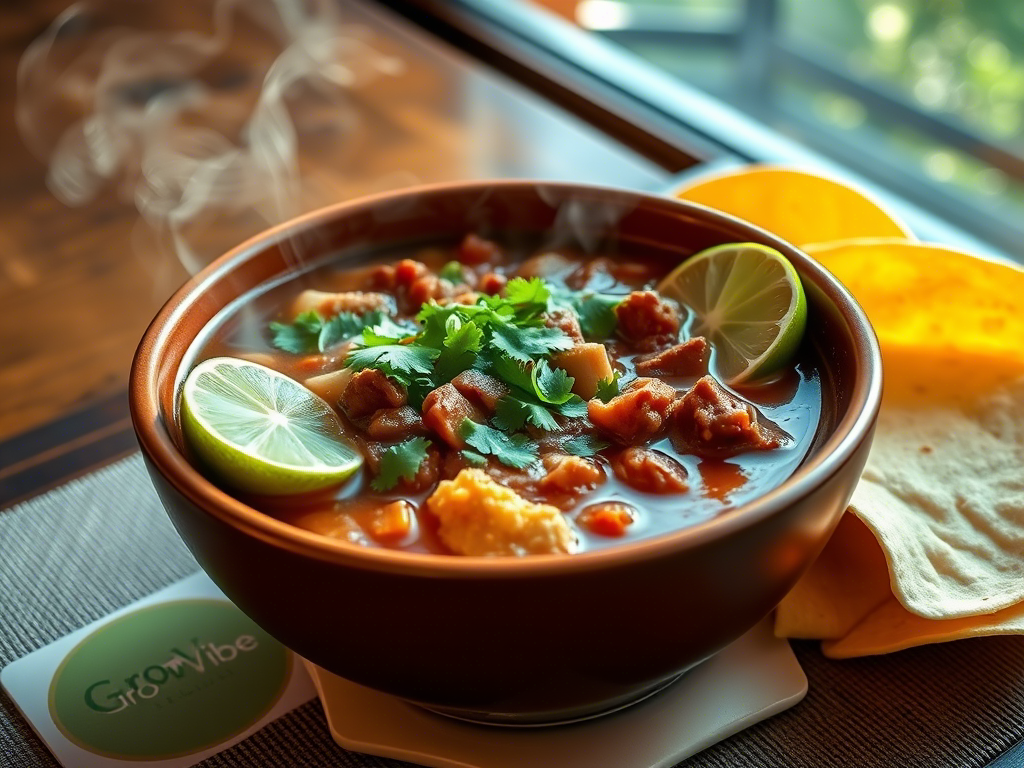
Serve immediately in deep bowls, topped with fresh cilantro, additional salsa verde on the side, and warm corn tortillas. Don’t forget the lime wedges – that bright acidity is the perfect finishing touch.
Pro Chef Secrets: Elevating Your Carne en Su Jugo Game
After years of perfecting this recipe and learning from Mexican cooks, I’ve discovered several professional techniques that transform good carne en su jugo into something extraordinary.
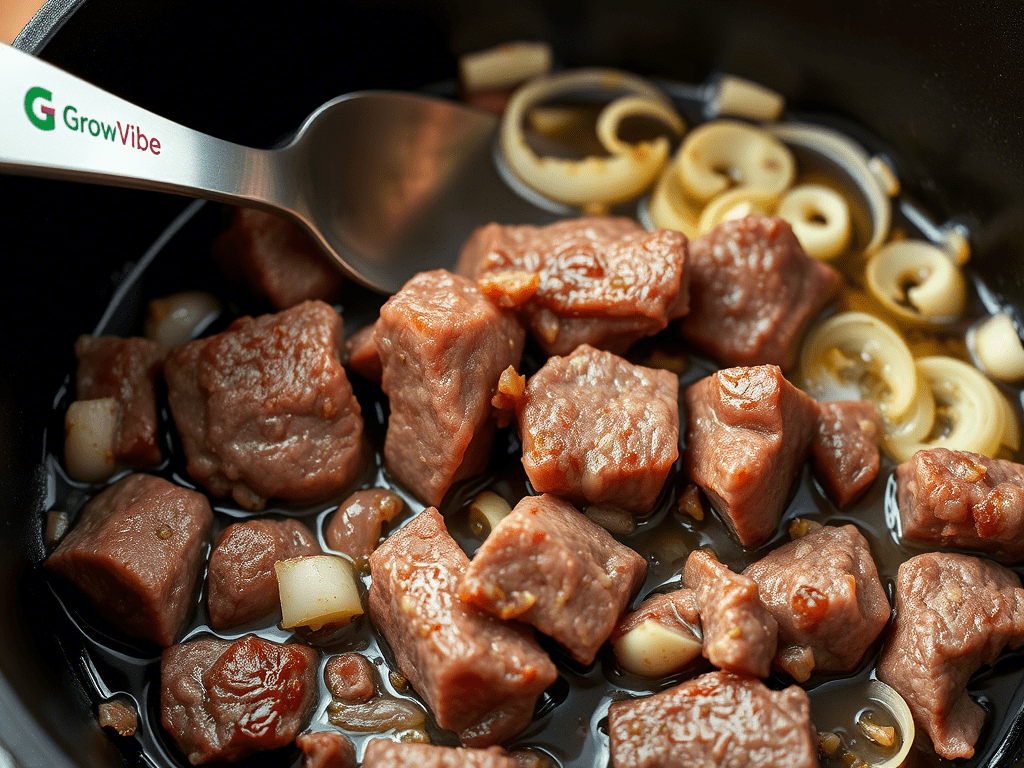
Temperature Control is Everything: The biggest mistake home cooks make is cooking at too high a temperature. Low and slow is the only way to achieve that melt-in-your-mouth texture. The liquid should barely simmer – you want gentle bubbles, not a rolling boil. This patience pays off with incredibly tender meat that falls apart at the touch of a fork.
Layer Your Flavors: Don’t add all the seasonings at once. Start with the basics during browning, add more during the slow cooking phase, and finish with fresh herbs and acid. This layering technique creates depth and complexity that single-stage seasoning can’t match.
The Salsa Verde Secret: Most recipes tell you to add all the salsa verde at once, but professionals know better. Add half during cooking to integrate the flavors, then serve the rest on the side. This gives you both the developed, cooked tomatillo flavor and the bright, fresh taste of the raw salsa.
Skim for Clarity: During the first hour of cooking, skim off any foam or impurities that rise to the surface. This extra step results in a cleaner, more refined broth that showcases the meat’s natural flavors.
Rest Before Serving: Like any braised dish, carne en su jugo benefits from a 10-15 minute rest after cooking. This allows the flavors to meld and the temperature to even out, resulting in a more cohesive dish.
Variations and Regional Twists
While the classic carne en su jugo guadalajara recipe is perfect as written, different regions and families have developed their own variations that are worth exploring.
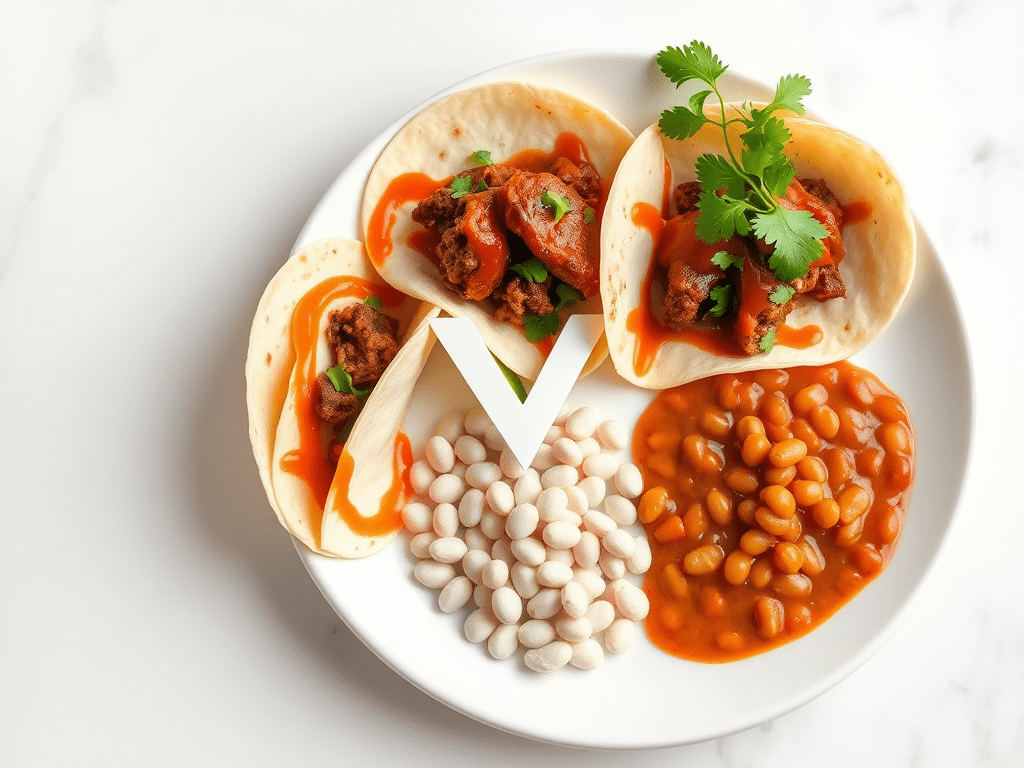
Spice Level Adjustments: The beauty of Mexican cuisine is its adaptability to different heat preferences. For milder versions, remove the seeds from the serrano chiles or substitute with poblano peppers. For extra heat, add habanero or jalapeño chiles to the salsa verde.
Seasonal Modifications: During summer, some cooks add fresh corn kernels in the last 30 minutes of cooking. Winter versions might include diced root vegetables like carrots or potatoes. These additions don’t change the fundamental character of the dish but add seasonal interest.
Modern Interpretations: Some contemporary Mexican restaurants serve deconstructed versions with the components artfully plated separately, or use the traditional flavors in different formats like tacos or quesadillas. While these can be delicious, they lose some of the communal, comfort-food appeal of the original.
Regional Differences: In coastal areas, some cooks add a splash of beer or tequila during the cooking process. Mountain regions might include wild mushrooms or local chiles. These variations show how adaptable the basic technique is while maintaining the essential character of carnes en su jugo.
Perfect Pairings: What to Serve With Your Carne en Su Jugo
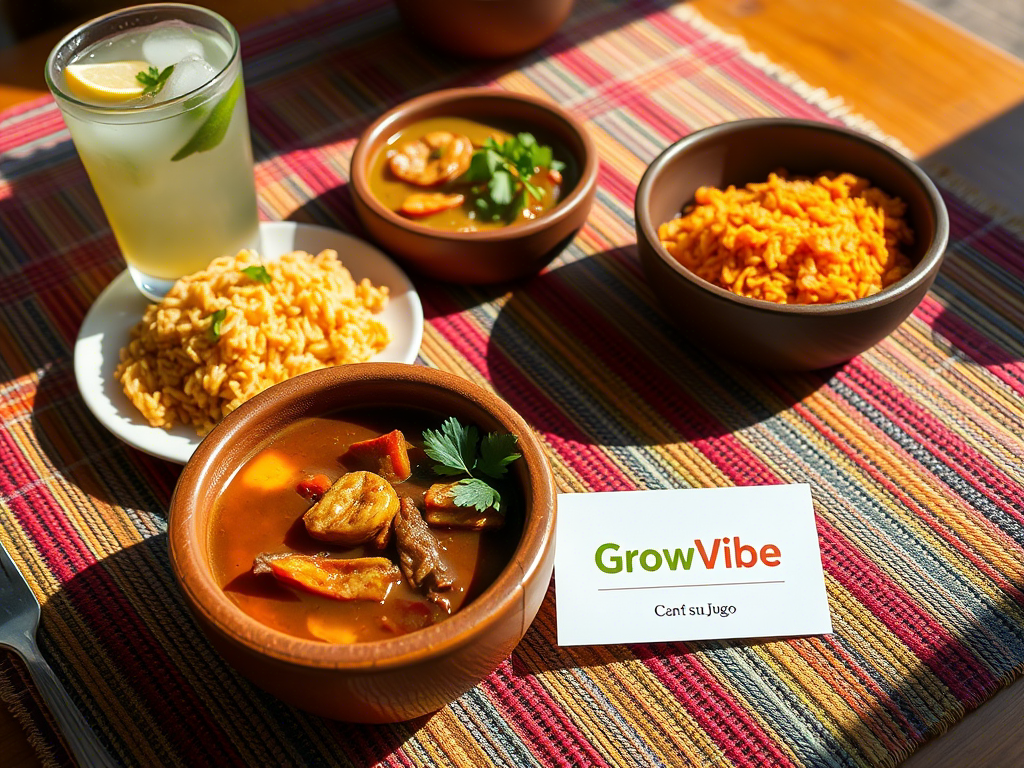
The beauty of carne en su jugo lies in its completeness – it’s essentially a one-pot meal that needs very little accompaniment. However, the right sides can elevate the entire dining experience.
Traditional Accompaniments: Warm, soft corn tortillas are non-negotiable. They’re perfect for scooping up the tender meat and flavorful broth. Fresh lime wedges add brightness that cuts through the richness of the dish. Finely chopped white onion and fresh cilantro allow diners to customize their bowls.
Complementary Sides: Mexican rice or simple white rice can stretch the meal further and absorb the delicious broth. Refried beans might seem redundant since the dish already contains beans, but they add a different texture and flavor profile that many people enjoy.
Beverage Pairings: Traditional Mexican beverages like horchata or agua fresca provide cooling contrast to the rich, warm dish. For alcoholic options, Mexican beer or a simple margarita complements the flavors without overwhelming them.
Internal Link Opportunities: [Perfect Mexican Rice Recipe] – Learn to make restaurant-quality rice that pairs beautifully with carne en su jugo [Easy Mexican Appetizer Bites] – Start your meal with these crowd-pleasing appetizers [Traditional Mexican Breakfast Bowls] – Use leftover carne en su jugo for incredible breakfast bowls
Storage, Reheating, and Meal Prep Tips
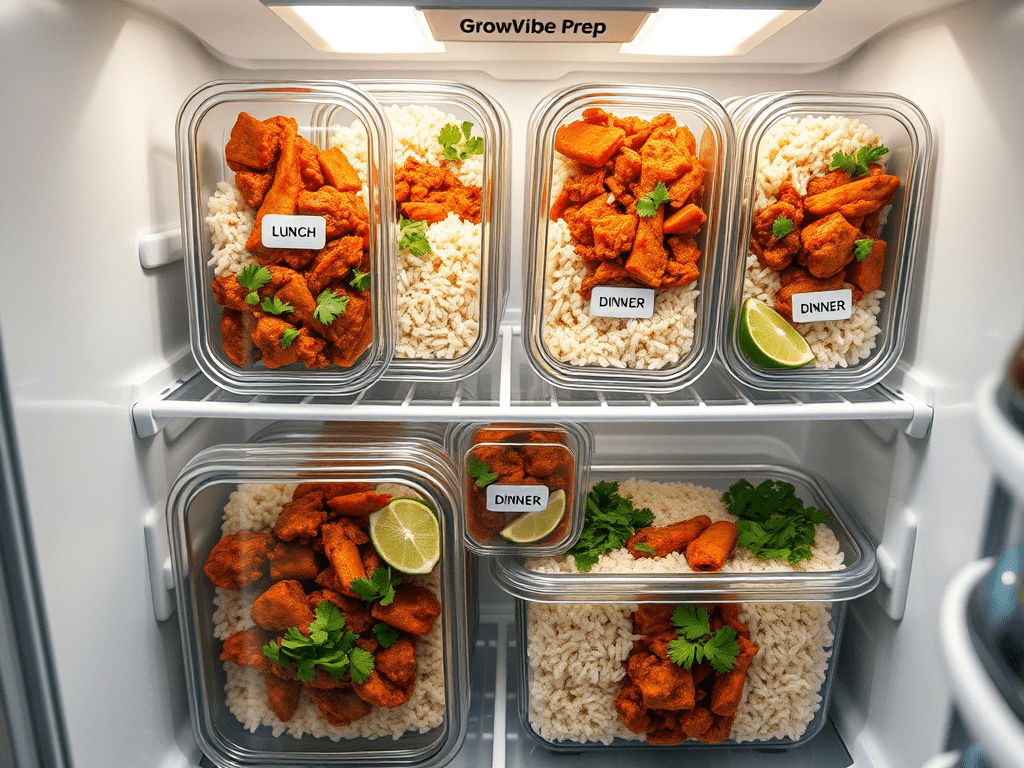
Like many braised dishes, carne en su jugo actually improves with time, making it perfect for meal prep and leftovers. Proper storage and reheating techniques ensure you can enjoy this dish for days after cooking.
Storage Guidelines: Cool the dish completely before refrigerating – this prevents bacterial growth and maintains food safety. Store in airtight containers in the refrigerator for up to 5 days. The flavors will continue to develop and meld during storage, often tasting even better the next day.
Freezing Instructions: Carne en su jugo freezes beautifully for up to 3 months. Portion into individual servings before freezing for easy reheating. Leave some headspace in containers as the liquid will expand when frozen. Label with date and contents for easy identification.
Reheating for Best Results: Reheat gently over low heat, stirring occasionally to prevent sticking. Add a splash of water or broth if the consistency has thickened too much during storage. Avoid microwaving if possible, as it can make the meat tough and unevenly heated.
Meal Prep Strategies: This recipe makes excellent meal prep material. Cook a large batch on Sunday and portion into individual containers with rice or beans. The complete meal reheats perfectly for quick weekday lunches or dinners.
Nutritional Benefits and Dietary Considerations
Beyond its incredible taste, carne en su jugo offers substantial nutritional benefits that make it a smart choice for health-conscious diners.
Protein Powerhouse: Each serving provides 35-40 grams of high-quality protein from the beef and beans, supporting muscle health and satiety. The combination of animal and plant proteins creates a complete amino acid profile.
Nutrient Density: The slow cooking process concentrates nutrients while the variety of vegetables adds vitamins, minerals, and antioxidants. Tomatillos provide vitamin C and potassium, while beans contribute fiber and folate.
Dietary Modifications: For lower sodium versions, use low-sodium broth and reduce added salt, relying on herbs and spices for flavor. The dish is naturally gluten-free when served without tortillas or with corn tortillas instead of flour.
Portion Control: While rich and satisfying, carne en su jugo is relatively moderate in calories when portion sizes are controlled. A 1.5-cup serving provides substantial nutrition without excessive calories, especially when paired with vegetables or salad.
Troubleshooting Common Issues
Even experienced cooks sometimes encounter challenges when making carne en su jugo. Here are solutions to the most common problems and how to prevent them.
Tough Meat Solutions: If your meat is tough after the recommended cooking time, continue cooking at low heat until tender. Some cuts take longer than others, and factors like altitude and pot thickness can affect cooking times. The meat should easily shred with a fork when properly cooked.
Broth Consistency Problems: Too thin? Remove the lid and simmer uncovered to reduce and concentrate the liquid. Too thick? Add hot water or broth gradually until you reach the desired consistency. The final texture should be like a hearty soup, not a thick stew.
Flavor Balance Issues: If the dish tastes flat, it likely needs more acid. Add lime juice or extra tomatillo salsa verde. If it’s too acidic, a pinch of sugar can help balance the flavors. Salt is crucial – taste and adjust throughout the cooking process.
Timing Problems: Started too late? You can speed up the process slightly by cutting the meat into smaller pieces, but don’t sacrifice quality for speed. Started too early? The dish holds well on low heat and actually improves with longer, gentle cooking.
Texture Issues: Beans falling apart? Add them later in the cooking process next time. Vegetables mushy? Add delicate vegetables in the last 30 minutes of cooking to maintain their texture and color.
Essential Equipment for Perfect Carne en Su Jugo
Having the right tools makes all the difference in creating restaurant-quality carne en su jugo at home. Here are the essential pieces of equipment that will elevate your cooking game:
Heavy-Duty Dutch Oven
The foundation of great carne en su jugo is even, consistent heat distribution during the long cooking process. A quality Dutch oven retains heat beautifully and prevents hot spots that can burn your ingredients.
Why you need it: The thick walls and tight-fitting lid create the perfect environment for slow braising, allowing the meat to become incredibly tender while developing that signature rich broth.
What to look for: Cast iron or enameled cast iron, 6-8 quart capacity, oven-safe to 500°F
Amazon Recommendation: Lodge 6-Quart Enameled Cast Iron Dutch Oven – This workhorse handles everything from browning meat to slow braising, and it’s built to last generations.
High-Power Blender
Creating the perfect tomatillo salsa verde requires a blender that can handle tough tomatillo skins and create a completely smooth consistency.
Why you need it: A powerful blender ensures your salsa verde is silky smooth, which integrates better with the broth and creates a more professional result.
What to look for: At least 1000 watts, strong blades, variable speed control
Amazon Recommendation: Ninja Professional BL610 Blender – Powerful enough for restaurant-quality results at a fraction of the cost of premium brands.
Extra Large Cutting Board
Proper ingredient prep is crucial for even cooking, and you need ample space to work efficiently and safely.
Why you need it: Large cutting boards prevent cross-contamination and give you space to organize ingredients as you prep, making the cooking process smoother and more enjoyable.
What to look for: At least 18″ x 24″, non-slip feet, easy to clean
Amazon Recommendation: Extra Large Bamboo Cutting Board – Naturally antimicrobial bamboo with plenty of workspace for all your prep needs.
Professional Chef’s Knife
Clean, precise cuts ensure even cooking and better presentation of your final dish.
Why you need it: A sharp knife makes prep work faster and safer, while ensuring uniform piece sizes that cook evenly.
What to look for: 8-10 inch blade, comfortable grip, high-carbon steel
Amazon Recommendation: Henckels Professional Chef’s Knife – German engineering meets ergonomic design for effortless cutting performance.
Digital Meat Thermometer
Perfect doneness every time, especially important when cooking larger pieces of meat.
Why you need it: Takes the guesswork out of determining when your meat is perfectly tender, preventing overcooking or undercooking.
What to look for: Instant-read capability, accurate to ±1°F, easy-to-read display
Amazon Recommendation: ThermoPro TP03 Digital Instant Read Thermometer – Professional accuracy at an affordable price, with a response time under 4 seconds.
Your Journey to Carne en Su Jugo Mastery
Congratulations! You now have everything you need to create authentic, restaurant-quality carne en su jugo in your own kitchen. This isn’t just a recipe – it’s your gateway to understanding the soul of Mexican comfort food and the techniques that make it special.
Remember, the best carne en su jugo guadalajara comes from patience, quality ingredients, and respect for the traditional techniques that have been perfected over generations. Don’t be discouraged if your first attempt isn’t perfect – like any great dish, this one rewards practice and attention to detail.
The beauty of this receta de carne en su jugo lies not just in its incredible flavor, but in its ability to bring people together. It’s the kind of meal that transforms an ordinary evening into something special, where the rich aromas filling your kitchen create anticipation and the shared experience of enjoying it creates memories.
Start with the basic recipe I’ve outlined, then feel free to experiment with the variations and techniques that appeal to you. Some of the best carnes en su jugo I’ve tasted came from cooks who weren’t afraid to add their own personal touch while respecting the dish’s fundamental character.
Whether you’re cooking for family, friends, or just treating yourself to something special, this authentic carne en su jugo recipe will become a treasured part of your culinary repertoire. The techniques you learn here will also improve your overall cooking skills, making you more confident with braising, flavor layering, and Mexican cuisine in general.
So fire up that stove, gather your ingredients, and get ready to create some magic. Your kitchen is about to smell like the best taquería in Guadalajara, and your dinner table is about to become the gathering place where everyone wants to be.
Related GrowVibe Resources You’ll Love
- One‑Pan Chicken Over Rice Recipes – Quick, satisfying weeknight meals
- Revolutionary Protein Bowl Ideas – High‑protein, grab‑and‑go bowls for any time
- Coctel de Camarón Variations – Vibrant shrimp cocktails perfect as an appetizer
- Rice Bowl Express: 7 Flavorful Variations – Fast and flavorful rice bowl inspiration
- 5 Mouthwatering Shredded Beef Recipes – Great for tacos, burritos, and carne bowl add‑ons
- Farro Recipes: Ancient Grain Made Easy – Meal prep-friendly, nutrient-dense grain bowls
- Swell Salad Bowl Benefits – Tips to build fresh, fast salad and grain bowls
External Authority Links:
- Mexico Tourism Board – Jalisco Cuisine – Official cultural information about Guadalajara’s food scene
- USDA Food Safety Guidelines – Proper meat handling and storage information
- Academy of Nutrition and Dietetics – Nutritional information and dietary guidelines

